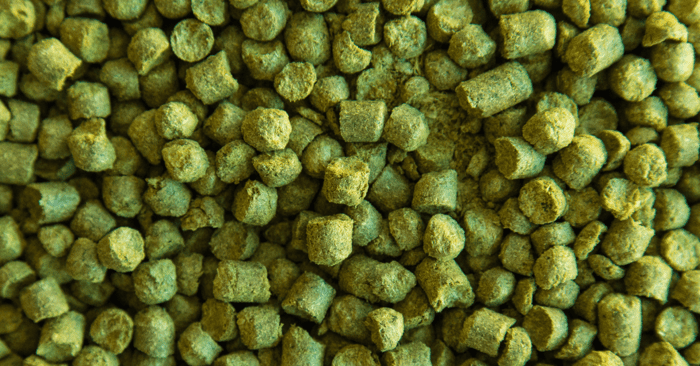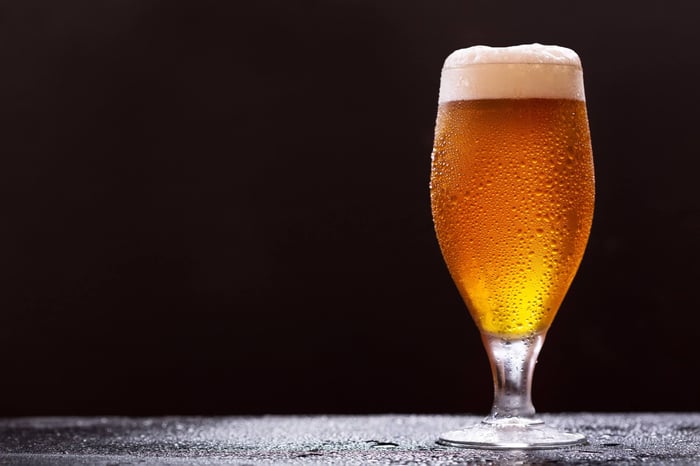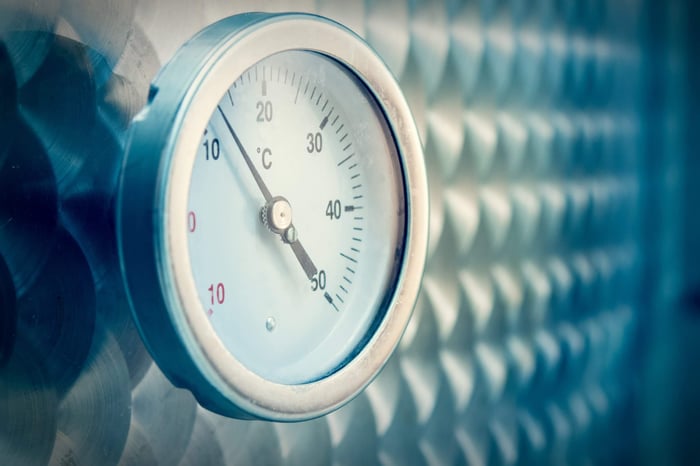Traditional Method vs The Game-Changing Alternative
Traditional Cold Dry Hopping:
- Add hops to finished, cold beer
- Extended contact times (1-2 weeks typical)
- Often results in vegetal, harsh characteristics
- Requires more hops for same aromatic impact
- Risk of over-extraction and loss of delicate aromatics
Modern Warm Addition Method:
- Add hops during active fermentation (around 1.020 SG)
- Short, controlled contact time (3 days maximum)
- Cleaner, more integrated hop character
- Better hop utilisation and efficiency
- Enhanced oil solubility at fermentation temperature
The difference in results is remarkable – and it's backed by solid research.
Step-by-Step Guide to the Modern Method
Step 1: Monitor Your Fermentation - Track specific gravity and temperature. You're looking for that sweet spot around 1.020 SG when fermentation is slowing but still active.
Step 2: Add Your Hops - At 1.020, add your calculated hop quantity directly to the fermenter. The gentle convection from ongoing fermentation will distribute the hops naturally – no stirring required.
Step 3: Time It Precisely - Allow exactly 3 days of contact at fermentation temperature. This isn't a rough guideline – timing matters for optimal extraction.
Step 4: Chill and Transfer - Drop temperature for 24-36 hours, then transfer off the yeast and spent hops. Job done.
Why Australian Brewers Are Adopting This Method
Cost efficiency: With hop prices what they are, using 25% fewer hops for the same result makes financial sense.
Climate considerations: This method works brilliantly in Australian conditions, where fermentation temperatures can be challenging to control. The technique actually benefits from the warmer conditions many Aussie brewers naturally have.
Local hop compatibility: Australian hop varieties like Galaxy, Vic Secret, and Enigma respond exceptionally well to this warm extraction method, developing their characteristic tropical and stone fruit notes without harsh extraction.
Time efficiency: Faster turnaround means more brewing opportunities – important when you're trying to keep up with demand (even if it's just from your mates).
The Science Behind the Method
Peter Wolfe's comprehensive research on dry hopping reveals that optimal aroma extraction occurs within 4-24 hours depending on system variables. Extended contact periods don't improve aroma – they actually diminish it by allowing oxidation and harsh compound extraction.
Professional breweries globally have recognised this principle:
- Stone Brewing drops to 17°C post-primary, removes yeast, adds hops, then circulates three times over 36 hours
- Russian River uses staged additions at 16°C, finding superior aroma at 20°C
- Great Divide maintains 20°C for 7 days maximum
Calculating Your Hop Additions (Metric)
For Australian IPAs: 4-6g per litre
For Pale Ales: 2-4g per litre
For Mid-strength beers: 1-2g per litre
Adjust based on hop oil content – Australian varieties often pack more punch per gram than international equivalents
Variety-Specific Recommendations
Galaxy: Responds brilliantly to warm addition, developing tropical characteristics without vegetal notes.
Vic Secret: Short contact preserves the delicate pineapple and pine balance this variety is known for.
Enigma: Warm extraction enhances the complex fruit character while avoiding harsh extraction.
Ella: Benefits from controlled timing, maintaining clean spice and floral notes.
Addressing Common Concerns
"Won't this affect fermentation?" At 1.020, primary fermentation is largely complete. The remaining activity is beneficial for hop distribution without risking off-flavours.
"Three days seems too short." Trust the science. Extended contact doesn't improve aroma and often creates harsh, vegetal characteristics.
"What about yeast harvesting?" This technique renders yeast unsuitable for reuse due to hop contamination. Plan your brewing schedule accordingly.
Adapting to Your Setup
Whether you're brewing in a suburban garage or a climate-controlled space, this method adapts to your conditions. The key principles remain consistent – timing, temperature management, and controlled contact time.
Document your results with different hop varieties and contact times. Building your own database of what works with your system and local conditions is invaluable for consistent results.
Ready to revolutionise your dry hopping approach? Explore our complete Brewing 101 series for more techniques that'll transform your homebrew.
Got questions about implementing this method or want to share your results with Australian hop varieties? Drop us a line – we're always keen to chat about brewing innovations!
Grainfather Team










